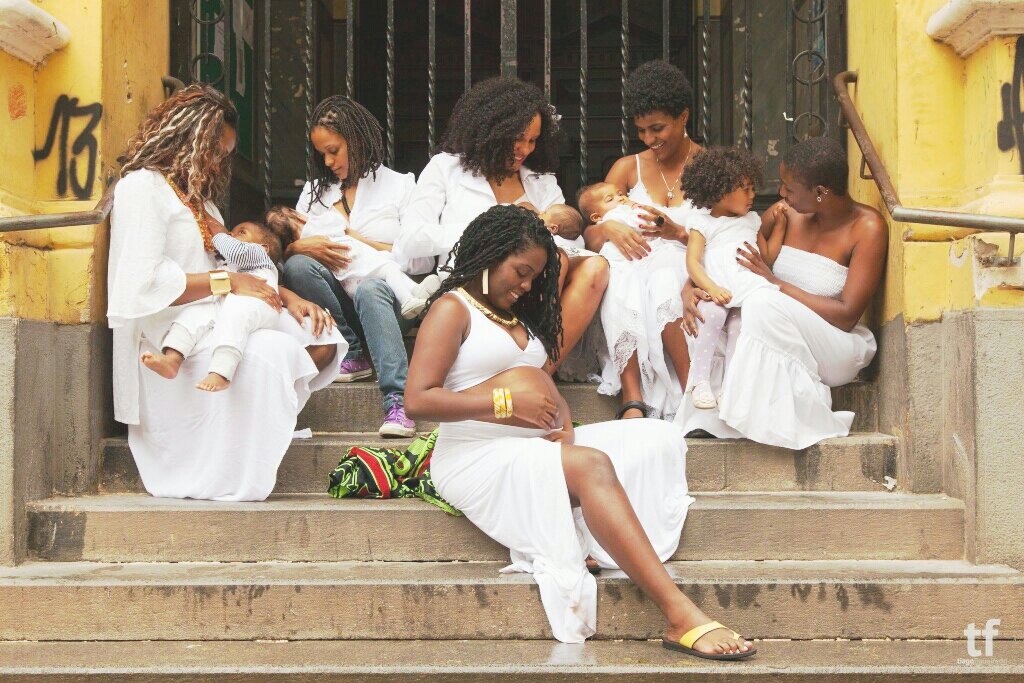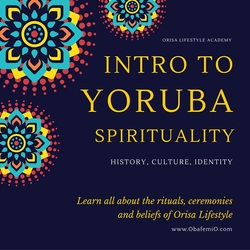|
Kan to gbe nu e no gbe kan do
It is at the end of the rope woven by the father that the child starts to weave his own. - Fon Proverb The first time I was invited to San Francisco‘s Museum of the African Diaspora (MoAD), it was to deliver an invocation and prayer for the opening of Africa.Dot.Com-Drums to Digital, an exhibit exploring “the changing landscape of communication and connectivity in Africa today.” Because the exhibit set the stage for making the intellectual leap from drum communication to digital connectivity, I made it my responsibility to help the patrons make a personal connection to the subject. My strategy was to create a ritual experience that would conjure the emotions associated with connectivity and communication – especially between past, present and future. The ritual started with a simple question: “How many of you folks here have ancestors?” Within seconds, the room opened up, as one-by-one, two-by-two, the people smiled and silently recalled the ones who had gone before them. As they did, I voiced the obvious: “We all have ancestors! It’s one of those great things all people have in common.” In spite of our staggering diversity, all people share a collective consciousness, a consciousness that is wrapped in the consciousness of somebody who lived before us. Think about it; your physical features, genetic traits, even your emotional dispositions are passed down from one generation to the next. For this reason, the Yorùbá say “no matter how far a river flows, it never forgets its source.” cudjoibeji“By protecting and celebrating the material, moral and intellectual property of our ancestors we perpetuate the link between our heritage and that of humankind, between the times of our ancestors and that of future generations.[1] Africatown represents a prime example of sustaining cultural heritage. This small neighborhood in Mobile, Alabama, was founded by the people who arrived on the infamous Clotilda, the last documented slave ship to reach the United States. On Sunday July 8, 1860—52 years after the United States had abolished slavery —the Clotilda sailed into Mobile Bay with 110 African men, women, and children between the ages of 5 and 23 on board. The majority of those Africans were Yorùbá of the Isha sub-group, who had been captured in a dawn raid led by Ghezo, the king of Dahomey, in the Banté region of Benin.[2] Cudjo Lewis – born Oluwale Kossola (ca. 1841-1935) was a founder of Africatown and at the time of his death, was the last survivor of the Clotilda. Africatown (like Allensworth, CA and Oyotunji, SC) represents one of many bright stars in the constellation of Yorùbá cultural heritage. According to Yorùbá tradition, heaven is our home. The Yorùbá Arch Divinity, Obatala descended with the Calabash of Creation and established life on Earth at the Holy City, Ifè. From there, people dispersed into the four directions. Ogundele Fagbemi, the most senior Babaláwo in the USA once told it to me this way; “We are not separate people trying to come together for the first time. We started out together and spread out. So now it’s only a question of coming home.” Some of the major stars of the Yorùbá/Fon cultural constellation include: Lukumi (Cuba) Nago (Haiti) Rada (Haiti) Shango (Trinidad, Grenada) Ijexa, Gege, Nago (Brazil) Saro (Sierra Leone) Ga (Ghana) Ewe (Ghana, Togo, Benin) Fon (Togo, Benin) Ìdáìsà (Benin) Ife (Togo) Aku (Liberia) Aguda (Cuban & Brazilians who returned to Nigeria) Ife, Ijebu, Anago, Awori, Ondo, Ekiti, Oyo, Kogi, Ijesa, Ketu, Egba, Egbado, Sabe, Popo, Ila, etc. (Nigeria) ere Most importantly, each of the cultural groups mentioned above represents a lineage, whose existence is perpetuated generation after generation. Here, time is discontinuous, and space is continuously rebuilt through ritual and rebirth. The historical continuum that links the different Yorùbá groups is a space-time circle, always mobile, dynamic and in accordance with the Fon creation principle, expressed as Ayido Xuédo, the rainbow serpent that is at once swallowing itself tail first and emerging from its own mouth. This principle, expressed by the Yorùbá as Olodumare, incarnates at once the concepts of movement, permanence and continuity. The Yorùbá cultural constellation is, in this sense, a living entity. Its history is communicated in a language of signs, symbols and material culture. Collectively, the greater Yorùbá history is reconstructed through a combination of micro-histories, obscure local histories, where meaning is reflected through the decoding of symbols, the study of settlement patterns, family formations, economic/social infrastructure, worship techniques, and the mystical links existing between the people, their sacred arts and the local environment (trees, rituals, sacred places and temples). Everyday, the international Yorùbá community is taking more responsibility to protect our heritage at the global level. As the wisdom, relevancy and potency of obafemitraditional Yorùbá religion continues to gain traction all over the world, more people are recognizing in Yorùbá heritage the creative genius of a diverse people versed in the art of living. Said recognition offers a strong base for sustainable development and a renewed hope for dialogue between men and cultures. To learn more about what you can do to promote and sustain cultural heritage, contact: Obafemi Origunwa 510.485.2336 | ObafemiO.com | [email protected] [1] Unesco. [2] Encyclopedia of Alabama: http://www.encyclopediaofalabama.org/face/Article.jsp?id=h-1402 May 3, 2009 Comments are closed.
|
Live the MedicineObafemi Origunwa, MAThought leader, Ifa priest and author of four definitive books, Obafemi Origunwa inspires metamorphosis through living the medicine that will heal your life and heal the lives of the people you're destined to serve. 
Raise Awareness

Internalize Principles

Embody Truth
|






